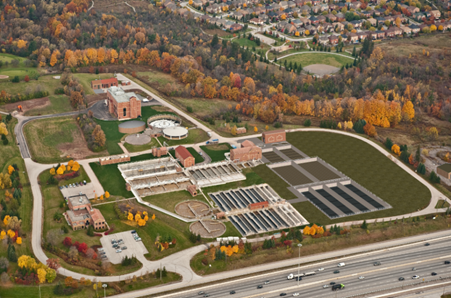Pricing Carbon in Canada
| Transitioning to a low-carbon economy
In October 2016, the Federal government announced their new carbon pricing strategy. Beginning in 2018, the Federal government will impose a price on carbon in all provinces that do not have a pricing system in place. The price will start at $10 per tonne in 2018, rising in $10 increments to $50 per tonne in 2022. Provinces are able to adopt either this carbon tax or cap-and-trade system to support greenhouse gas reduction targets. Ontario has chosen to implement the cap and trade system. Cement plants are the lead emitters in our industry of GHGs. GHGs are emitted through the calcining process where the high temperatures in the kiln drive the carbon dioxide out of the raw materials as they change into new chemical compounds in the form of clinker, the intermediate product to cement. The GHGs are also emitted through combustion of fuels, such as coal used to produce the high temperature required in a cement kiln. The cap-and-trade system that Ontario has adopted can be simplified as limiting a facility’s annual GHG emissions through allowance, (or credits) to emit a certain amount of GHGs (The “Cap”). If a facility requires more allowances than it is allocated, it purchases them from those that have excess. This is the “Trade”. It is anticipated that this pricing system in Ontario will be deemed equivalent to the federally imposed price. The system is designed to encourage GHG emission reductions by lowering the amount of allowances granted over time. The three levels of government have committed a total of some $250 billion in infrastructure investments over the next decade to renew Canada’s infrastructure, in order to facilitate a transition to a low-carbon economy. Along with our peers and customers, we are proud to help identify opportunities for emission reductions and sustainable solutions to contribute to building climate resilient infrastructure. These solutions include for example, low-carbon concrete, the use of slag cements that have a lower carbon footprint, incorporating recycled concrete aggregate in mixes where appropriate and much more. As construction industry leaders, it is important that we take opportunities to provide and use sustainable, climate-resilient solutions to meet Canada’s infrastructure needs in a socially and environmentally responsible way that will benefit generations of Canadians to come. |



